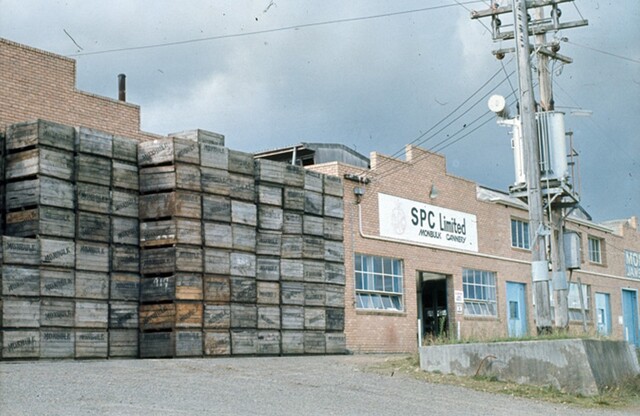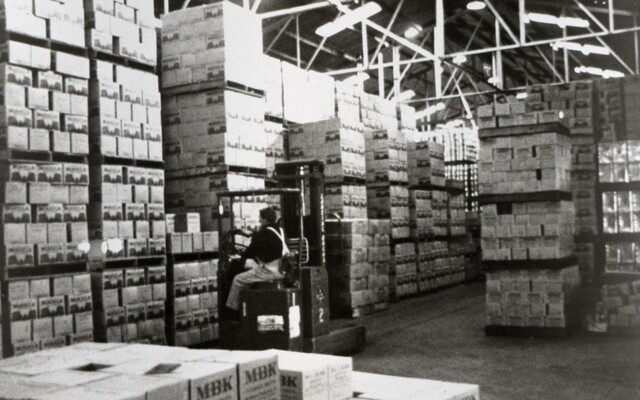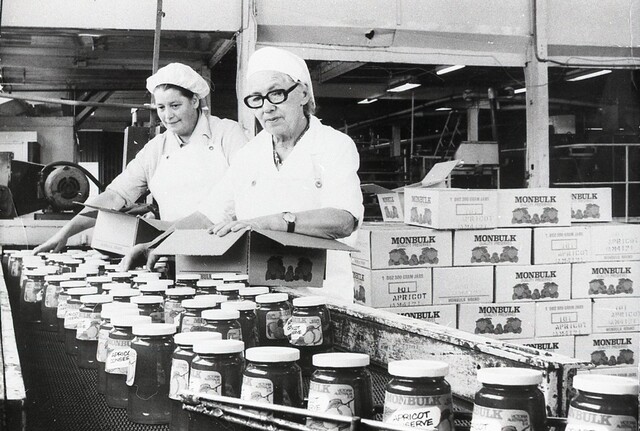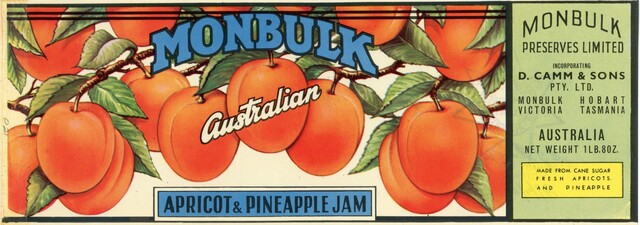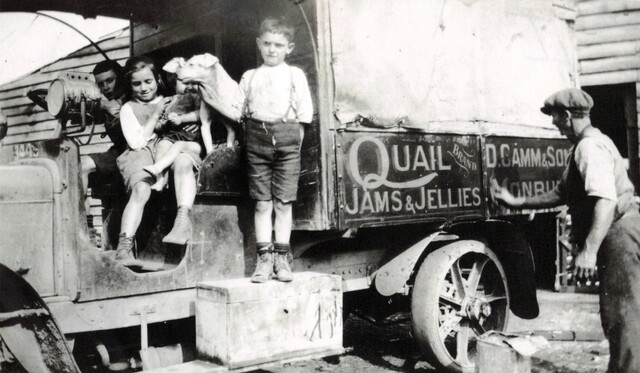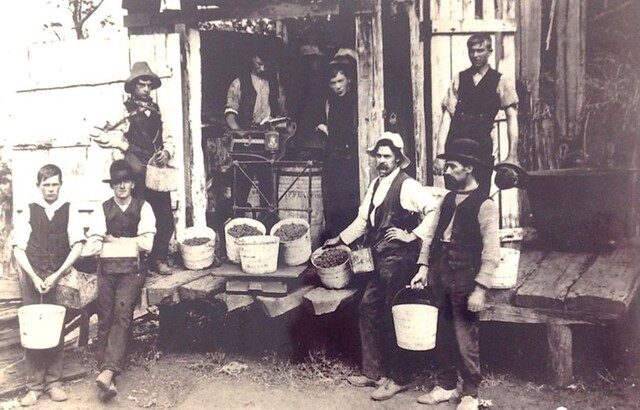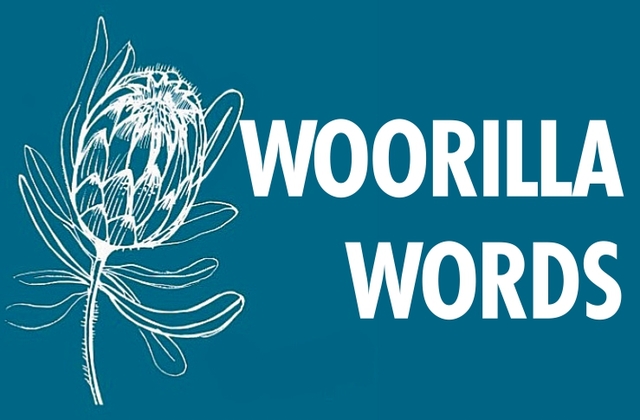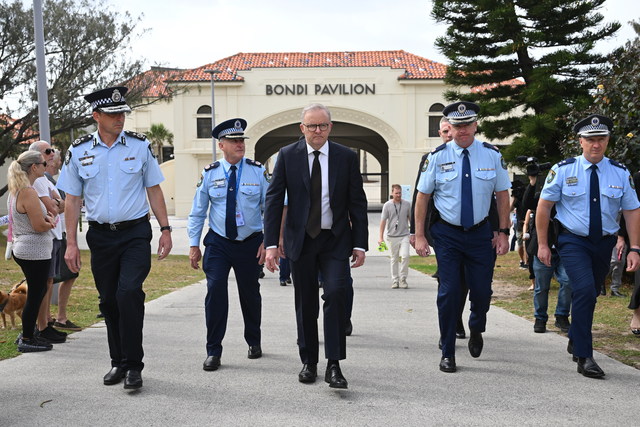For nearly 80 years, the Monbulk Jam Factory stood as a symbol of ingenuity, resilience and the rich agricultural spirit of the Dandenongs.
The site that once put Monbulk on the world map, one jar of jam at a time, is now up for sale. With the help of Monbulk Historical Society president, Armin Richter, we’ve taken a deeper look into the rich, local story behind this iconic piece of the Dandenongs.
It all began in the late 1800s, when Daniel Camm, a South Australian-born seafarer who had left school at age eight, arrived in Monbulk and took up a selection of land.
The challenges were immense, dense bushland, rough tracks, and a struggling fruitgrower’s co-op that would eventually fold. But Camm, together with his wife Annie and their sons, quietly laid the foundations of something much bigger.
First came the berries, raspberries, loganberries, gooseberries, grown by hand, pulped using a technique the Camms refined themselves.
By 1909, they had built a small factory on the property. But it was in 1913, amid a plum glut and plummeting prices, that Camm took a bold leap: he bought the entire crop and began making jam.
Under the “Quail” label, and later the now-famous “Monbulk” brand, the Camms turned their small-scale jam production into a thriving business.
With two horses hauling goods to and from the main road and sons learning engineering skills at night school, it was a family operation through and through. As Monbulk grew, so did the factory – and its reputation.
By the 1940s, the company had secured wartime supply contracts with Britain.
Daniel’s son Philip, who had taken the reins after his father’s death in 1941, was thrilled to find Monbulk jam on a shop shelf in a remote English village.
In the postwar years, the business went public, expanded into Tasmania, and continued to diversify, even into canned meats.
By the 1970s, Monbulk Jam employed hundreds and was producing over 12 million pounds of jam annually.
Though eventually sold to overseas interests and later acquired by SPC, and then Cottee’s, the Monbulk brand endured, even after the factory gates closed in 1991.
Today, more than three decades since jam was last canned there, the property at 89 Camms Road, The Patch, is back in the spotlight, this time as a rare large-scale industrial landholding in Melbourne’s east.
Jones Real Estate, under the instruction of Receivers and Managers KordaMentha, has brought the historic factory site to market. Spanning over 21.5 hectares and featuring 13,683sqm of built improvements, the property offers flexibility for future development, from refurbishment to full-scale redevelopment (subject to council approval).
“This is a site with scale, history and untapped potential,” Jones Real Estate managing director, Paul Jones said.
“In Melbourne’s tightly held eastern industrial corridor, opportunities like this are incredibly rare.”
Zoned partly Industrial three and partly Green Wedge, the site still holds its original connection to both industry and landscape. Expressions of interest close at 12pm on Thursday, 15 May, 2025.
For many in the Dandenongs, and those who still remember the smell of boiling fruit wafting through the hills, the future of the Monbulk Jam Factory isn’t just about property – it’s a chance to honour a legacy that began with one man’s vision, grew with a family’s grit, and carried the name ‘Monbulk’ far beyond the Dandenong Ranges.

